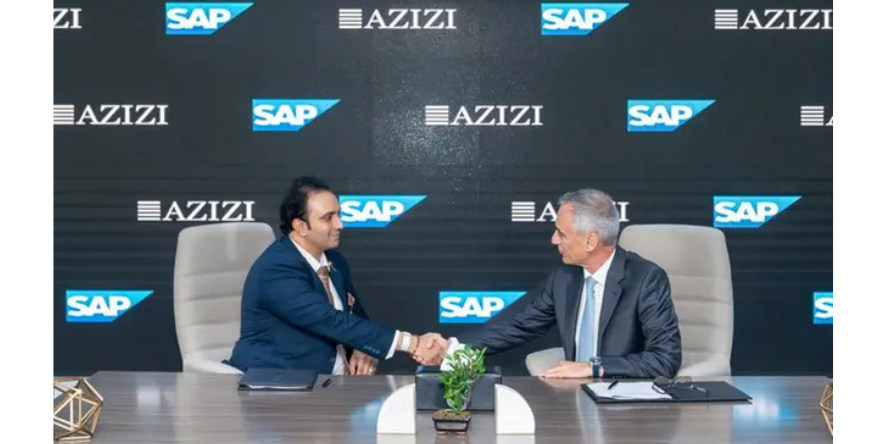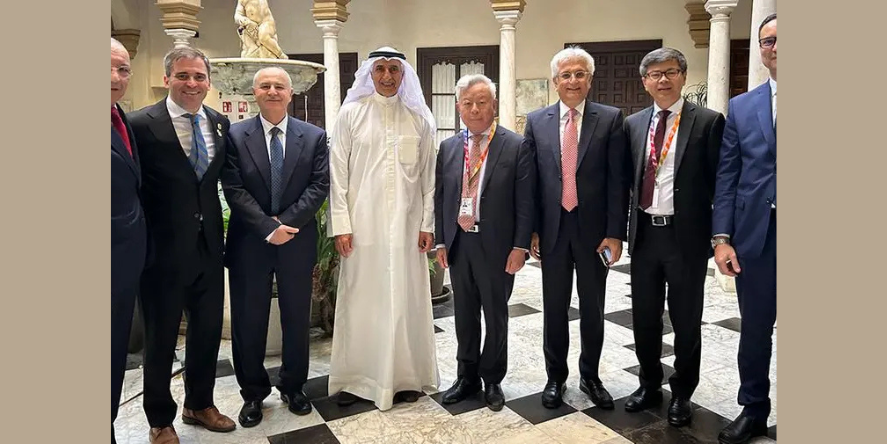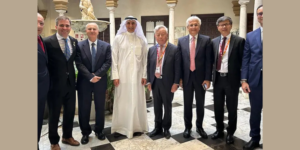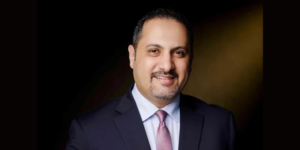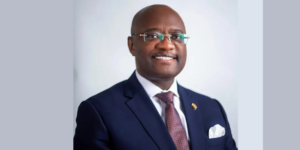- The divergence of growth between the US and the rest of the world has been a critical factor that has been felt in the evolution of currencies and the general risk
- Much of the divergence observed in 2018 was due to US fiscal policy
- If the fiscal impulse is losing strength during 2019, this year the trend should be resumed and, with this, to an environment possibly more favorable to risk
- Employing an active approach will be essential to deal with risks and maximize opportunities in what will be a difficult environment for investment
Andrew Mulliner and Ryan Myerberg , global bond portfolio managers at Janus Henderson Investors , share their thoughts on the risks and opportunities that fixed income investors will face in 2019 and which they believe will revolve around three important market issues.
What are the key issues that could define the markets?
In our opinion, the three major issues that will mark the markets are global growth, trade wars and monetary policy. The divergence of growth between the US and the rest of the world has been a critical factor that has been felt in the evolution of currencies and the general risk. Much of the divergence observed in 2018 was due to US fiscal policy. If the pro-cyclical fiscal expenditure was the engine of the divergence in the growth of last year, and if the fiscal impulse is losing strength during 2019, this year we should return to the trend and, with this, to an environment possibly more favorable to risk .
However, given that global growth (excluding the US) was slowing towards the end of 2018, there is a possibility that the return to growth in trend is excessively optimistic and that investor concerns about the end of the cycle economic growth will become a serious concern for the second half of the year.
The evolution of the incipient trade war between the United States and China will also have its relevant role in the performance of the markets this year. Any action that serves to continue the escalation in the clashes can stop the global growth and the investor moods of companies and markets. Therefore, a more benign result may be favorable for risk assets.
If 2018 marked the beginning of the end of an extremely accommodative monetary policy, it is more than likely that 2019 will be when that trend reaches maturity and the growth of the balance sheets becomes negative, and there is a real possibility that we will see the end of the policies of negative interest rates. All of the above makes us foresee another year of increasing volatility in the financial markets and adjustments for the participants in the fixed income markets.
Where do you see the most significant opportunities and risks in your asset class?
A criticism that has been presented regarding the expansion of the balance sheets and the last era of monetary policies with extremely low interest rates had to do with the suppression of volatility and caused a lack of dispersion among the different asset classes. If finally the withdrawal of the qualitative flexibility policies (FC) brings volatility and dispersion of results in the different classes of fixed income assets, the active investors better positioned will be winning.
However, there is no doubt that, although the FC years were mostly good for all fixed income assets, their withdrawal could be the opposite. Thus, although we believe that active investors in fixed income should be able to obtain a return higher than that of cash and the general indexes of these assets, the overall results are likely to be lower in their set.
How have your 2018 experiences modified your approach or prospects for 2019?
As we have already mentioned, we hope that this year you will share some of the characteristics of 2018. Therefore, we believe that using an active approach will be essential in order to face risks and maximize opportunities in what will be a difficult environment for investment.
It also means that investors should have a realistic view of the total results that can be obtained, especially in fixed income. As in 2018, 2019 may be another year of low / negative profitability for many fixed income asset classes, as credit spreads and interest rates become normal after years of suppression by central banks. Investors should be very clear, not only what they have, but why lotienen and what they can expect from it.



